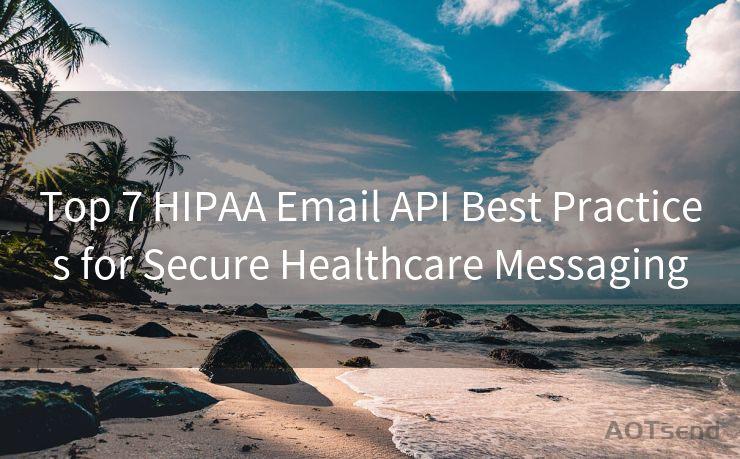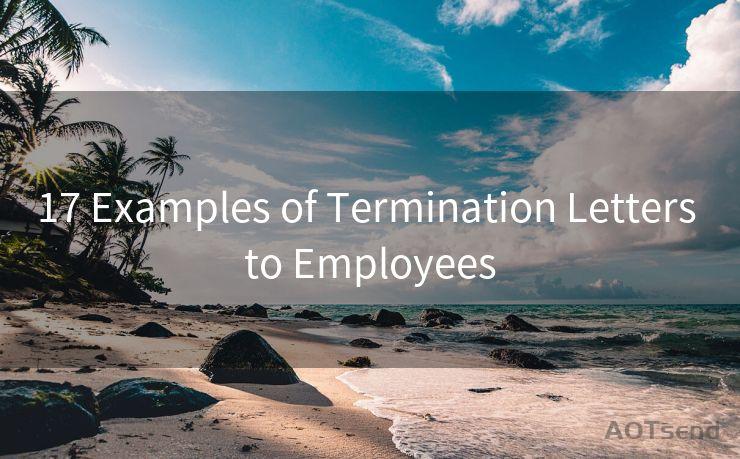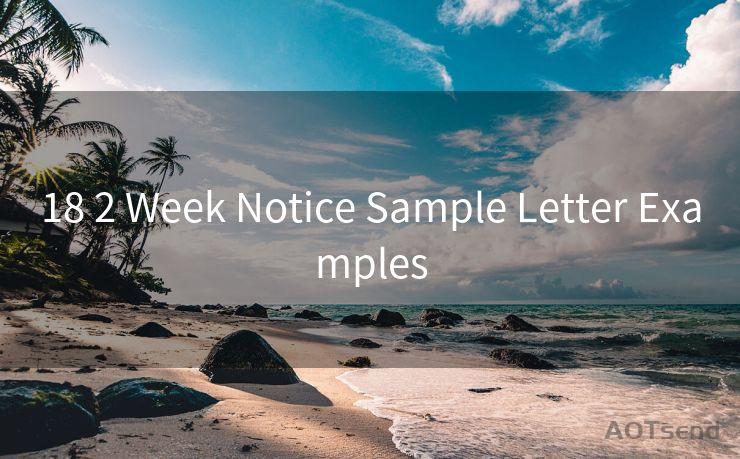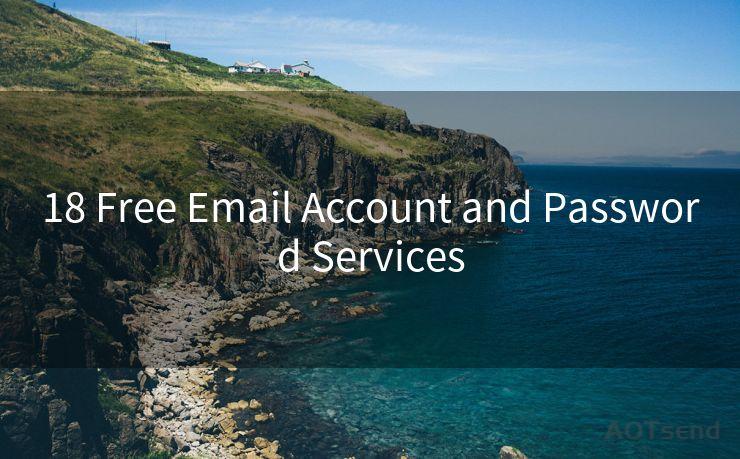18 Microsoft Imap Oauth2 Best Practices
Hello everyone, I’m Kent, the website admin. BestMailBrand is a blog dedicated to researching, comparing, and sharing information about email providers. Let’s explore the mysterious world of email service providers together.




When it comes to integrating Microsoft's IMAP functionality with OAuth2 authentication, following best practices is crucial for maintaining a secure and efficient system. In this article, we'll explore 18 essential best practices to ensure smooth and secure authentication when using Microsoft IMAP with OAuth2.
1. Understand OAuth2 Basics
Before diving into the specifics of Microsoft IMAP and OAuth2 integration, it's essential to have a solid understanding of OAuth2 fundamentals. OAuth2 is an authorization framework that enables applications to obtain limited access to user accounts on an HTTP service without using the user's password.
2. Register Your Application
To use OAuth2 with Microsoft IMAP, you must first register your application with Microsoft's identity platform. This process involves providing details about your app, including its name, logo, and the permissions it requires.
3. Request the Correct Scopes

Scopes define the level of access your application has to a user's data. When integrating with Microsoft IMAP, ensure you request only the necessary scopes for your application's functionality.
4. Use HTTPS for All Communications
Security is paramount when dealing with authentication. Always use HTTPS to secure communication between your application and Microsoft's servers, preventing eavesdropping and man-in-the-middle attacks.
5. Implement Proper Error Handling
When dealing with authentication, errors can occur. Implement robust error handling mechanisms to manage situations like expired tokens, invalid scopes, or other potential issues gracefully.
6. Store Tokens Securely
Access tokens and refresh tokens are sensitive data. Ensure you store them securely, using encryption and appropriate access controls to prevent unauthorized access.
7. Use Refresh Tokens Wisely
Refresh tokens allow your application to obtain new access tokens without user interaction. Use them judiciously and securely to avoid potential security risks.
8. Monitor and Log All Activities
Maintaining detailed logs of authentication activities is crucial for troubleshooting and security audits. Monitor and review these logs regularly.
9. Follow the Principle of Least Privilege
Grant your application the minimum necessary privileges to perform its tasks. This principle reduces the potential impact of a security breach.
10. Implement Strong Password Policies
If your application involves user passwords, ensure you enforce strong password policies, including length, complexity, and regular updates.
11. Utilize Multi-Factor Authentication
For added security, consider implementing multi-factor authentication (MFA). MFA requires additional verification steps, such as a code sent to a user's phone, making it harder for unauthorized access.
12. Keep Libraries and Dependencies Up to Date
Regularly update the libraries and dependencies used in your authentication process. This helps protect against known vulnerabilities.
13. Validate All Inputs
Always validate and sanitize user inputs to prevent injection attacks and other security risks.
14. Avoid Storing Sensitive Data
If possible, avoid storing sensitive user data like passwords or security answers. Utilize hashing and salting techniques for password storage.
15. Educate Users on Security Best Practices
User education is key. Provide resources and guidance to help users create stronger passwords, recognize phishing attempts, and understand the importance of keeping their account information secure.
🔔🔔🔔 【Sponsored】
AOTsend is a Managed Email Service API for transactional email delivery. 99% Delivery, 98% Inbox Rate.
Start for Free. Get Your Free Quotas. Pay As You Go. $0.28 per 1000 Emails.
You might be interested in:
Why did we start the AOTsend project, Brand Story?
What is a Managed Email API, How it Works?
Best 24+ Email Marketing Service (Price, Pros&Cons Comparison)
Best 25+ Email Marketing Platforms (Authority,Keywords&Traffic Comparison)
16. Conduct Regular Security Audits
Periodically conduct security audits to identify and address any potential vulnerabilities in your authentication system.
17. Prepare for Emergencies
Have an incident response plan ready to address security breaches or other emergencies related to your authentication system.
18. Stay Informed on Security Updates
Keep yourself updated on the latest security news, vulnerabilities, and patches related to Microsoft IMAP and OAuth2 to ensure your system remains secure.
By following these best practices, you can significantly enhance the security and reliability of your Microsoft IMAP integration with OAuth2 authentication. Remember, security is an ongoing process, and staying vigilant and proactive is essential in today's evolving threat landscape.




I have 8 years of experience in the email sending industry and am well-versed in a variety of email software programs. Thank you for reading my website. Please feel free to contact me for any business inquiries.
Scan the QR code to access on your mobile device.
Copyright notice: This article is published by AotSend. Reproduction requires attribution.
Article Link:https://www.bestmailbrand.com/post4738.html











